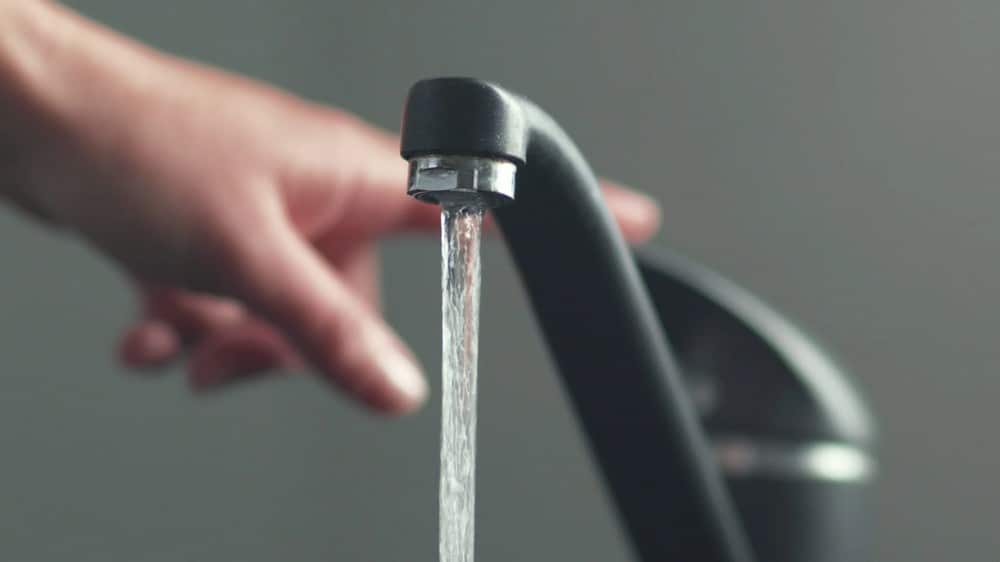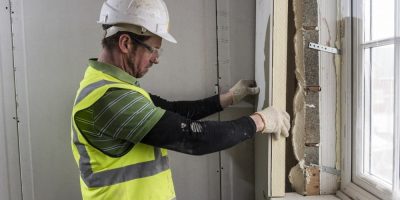
Legionnaires’ disease is a very serious bacterial infection that is caused by inhaling water droplets that are contaminated with Legionella bacteria. For property owners looking at how to prevent the spread of legionella, learning the ins and outs is crucial. The risks associated with this illness extend beyond the health implications, as property owners are subject to significant legal liability and reputational damage if an outbreak happens. Learn the practical steps you need to know to prevent Legionnaires’ disease from taking hold so that your tenants, guests, and employees can all breathe easier.
Understanding Legionella Bacteria and Its Sources
Legionella bacteria are troublesome and thrive in warm, stagnant water environments, thus making them a concern for property owners who have to maintain their own water systems. The bacteria is most commonly found in sources including:
- Cooling towers
- Hot water systems
- Air conditioning units
- Showers and faucets
- Decorative water features like fountains
Understanding where Legionella may be present is the first way to stary identifying potential risks in your building so that you can implement effective prevention strategies.
Key Risk Factors That Can Lead to Legionnaires’ Disease
Naturally, there are certain factors in a building that may increase the likelihood of Legionella contamination and subsequent outbreaks of Legionnaires’ disease. These most prominently include:
- Inadequate Water Maintenance: Poorly managed water systems create an ideal environment for Legionella to grow.
- The Age of the Property and Infrastructure: Older buildings with outdated plumbing are at higher risk for stagnant water and inefficient flow, which promotes bacterial growth.
- Exposure to High-Risk Populations: Properties housing vulnerable individuals such as the elderly or those with compromised immune systems face greater legal liability if an outbreak occurs.
- A Failure to Follow Health Guidelines: Ignoring local and national regulations increases the risk of outbreaks and potential lawsuits.
Key Steps All Property Owners Should Take to Prevent Legionella
Preventing Legionnaires’ disease outbreaks requires a proactive approach to your water management. Below are five key steps you can take in order to reduce the likelihood of Legionella bacteria being present in the water supply of your building:
- Test the water regularly: Conduct routine testing to detect Legionella bacteria early, especially in high-risk areas like cooling towers and hot water systems.
- Implement routine building maintenance: Ensure that water systems are regularly cleaned and disinfected to eliminate any bacteria.
- Control the temperature: Maintaining water temperatures above 140°F or below 50°F is critical to inhibit the growth of Legionella bacteria.
- Improve the design of systems: Upgrade plumbing systems to reduce stagnant water areas and ensure proper water flow.
- Train all of your staff: Train staff to recognize signs of potential outbreaks and manage water systems safely and effectively.
At the end of the day, it’s entirely up to you to prevent the spread of Legionnaires’ disease. With a 10% death rate among those who contract it, the last thing you want is the liability and guilt of knowing you could have changed the outcome for someone with the disease. Going further than just the above tips, consider making use of technology in order to prevent the spread of Legionella bacteria.
Smart water management systems, while expensive, can monitor water quality and flow rates in real time so that risk factors can be spotted right away. You can also make the choice to invest in automated cleaning solutions for your water which will regularly disinfect high-risk areas. For those looking to take their proactive approach to the next level, think about allowing for remote inspection of water systems, thereby reducing the need for on-site checks and ensuring continuous monitoring. While all of these approaches to water management will come with a heftier price tag, it will pale in comparison to the cost of a personal injury lawsuit.
Compliance with Health Regulations and Industry Standards
As a property owner, ensuring that you are adhering to all state, federal, and even local guidelines is essential for minimizing the risk of Legionnaires’ disease in the public. Regulatory bodies like the CDC and any local health departments set standards for water safety management for a reason, many of which include routine inspections and reporting of water safety violations. Always follow these standards in order to ensure that your property is up-to-date and to show that you are demonstrating a commitment to public health so that you can avoid significant liability issues.
Risk Management and Liability Insurance
Mitigating the legal risks associated with Legionnaires’ disease involves more than just taking preventative measures, rather you must also consider implementing risk management strategies. Consider adding liability insurance to your property which can secure coverage that is tailored to waterborne illnesses. Think about this type of insurance as similar to home liability insurance which protects you in the event someone enters your home and is injured. This can help you protect yourself against lawsuits and associated costs with those cases so that you don’t have to pay anything out of pocket ideally.
Additionally, maintain thorough records of the water management practices in your building so that you can provide evidence of taking due diligence to try to prevent outbreaks. At the very least, showing you made an effort will reflect better in court or with insurance companies who may be evaluating claims. These steps can help you to reduce the likelihood of a Legionnaires’ disease outbreak all while protecting yourself from the legal and financial ramifications.
Protect public health in your property
Preventing Legionnaires’ disease outbreaks is the job of all property managers and owners. By promoting the health and safety of all tenants, guests, and employees, you will show that you care about their safety and take great strides in protecting yourself from potential lawsuits. Ensure that you understand the common sources of Legionella bacteria so that you can implement proactive approaches to stopping the spread via adherence to health regulations. Also, focus on minimizing your legal risk by maintaining plenty of documentation of your efforts and adding on insurance for a worst-case scenario.








